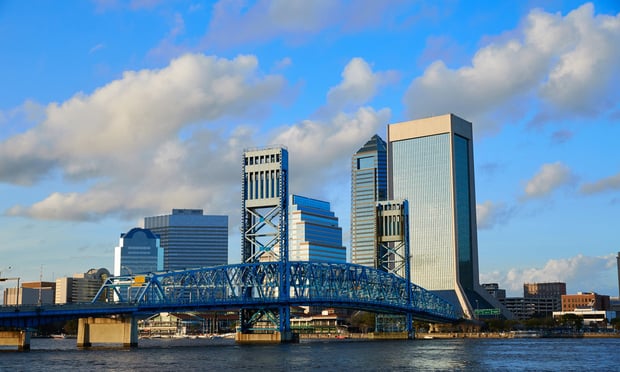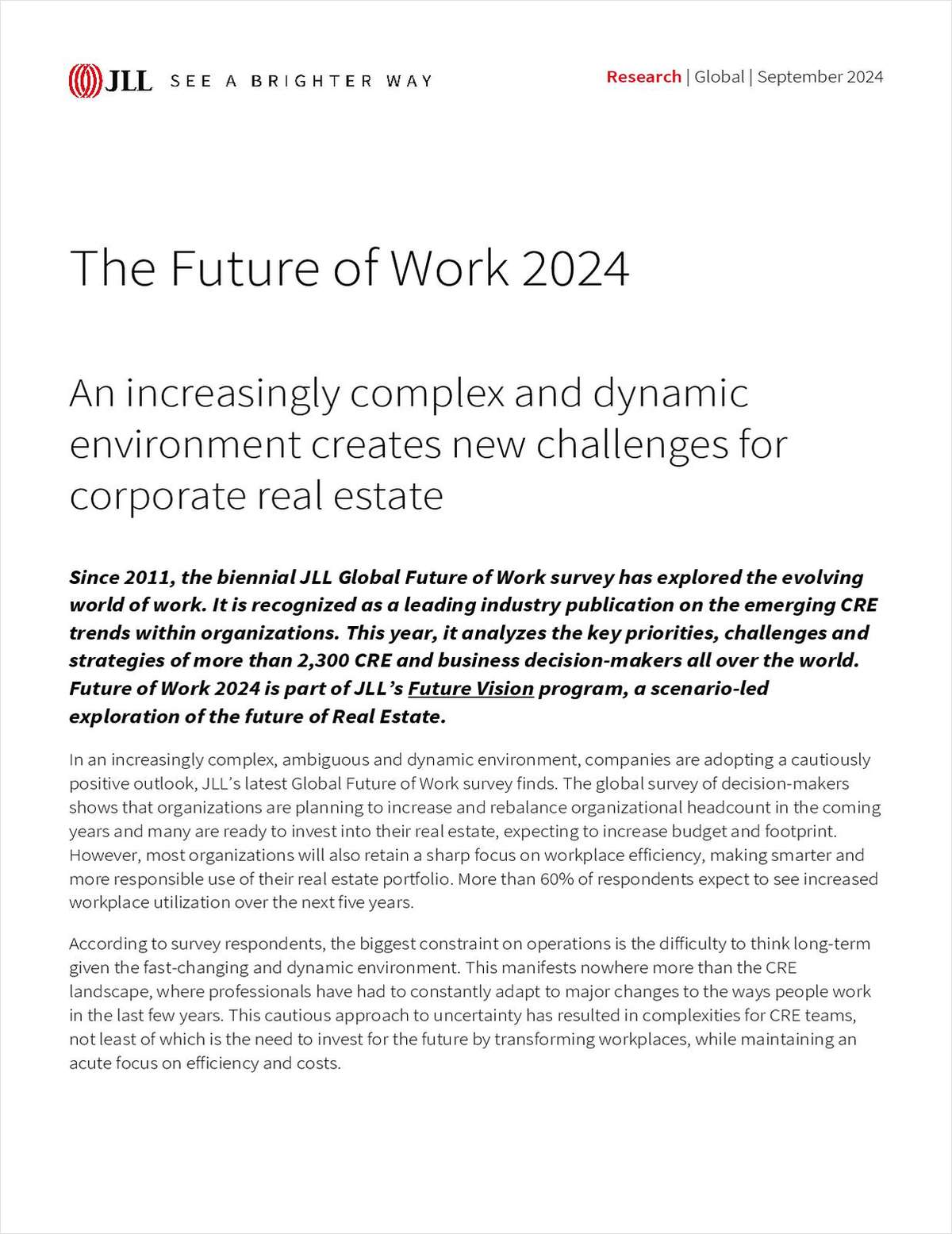Consumers, the report says, were deterred by weak economic conditions and an increase in jobless claims. That led to late holiday shopping, which caused retailers to put deep discounts on their items in order to move merchandise.
"The 2004 holiday season was marked by some consumer spending shifts, including an increased use of online and mail order shopping as a share of total holiday expenditures, as well as an increased use of gift cards that will largely extend the holiday shopping season into January 2005 and beyond," says Michael Niemira, ICSC's chief economist and director of research, in a statement. "The mixed holiday season's performance is likely to extend into 2005."
In every sector, companies showed mixed results. Department stores, while posting a slight, 0.6% same-store sale increase as a whole, were no exception. Luxury chains showed big gains, with Neiman Marcus jumping 10.8% and Nordstrom rising 9.3%. But moderate-priced chains did not fare as well, with May Department Stores posting a 3.5% drop and Sears, Roebuck & Co. falling 3%.
Discounters fared better, gaining 3.2% as a group. TJX Cos. led with a 6% increase and Target rose by 5.1%. Wal-Mart's discount stores climbed 2.7%. (Including the company's Sam's Club wholesale chain, the largest retailer in the world posted a 3% increase for the month.)
Apparel retailers were also a mixed bag, up 2.7% as a sector. American Eagle Outfitters continued its tear of double-digit gains, shooting up 32.8%. Chicos FAS also had a very strong month, with an 18.6% gain, as did Abercrombie & Fitch, up 10%. But two major apparel chains had negative results. Gap Inc. was down 1%, and Ann Taylor fell 1.5%.
ICSC had originally predicted a holiday same-store sales gain of 2.5% to 3% fort he holidays, while the National Retail Federation forecasted a 4.5% jump. For next month, ICSC projects same-store sales will rise 2.5% to 3%.
Want to continue reading?
Become a Free ALM Digital Reader.
Once you are an ALM Digital Member, you’ll receive:
- Breaking commercial real estate news and analysis, on-site and via our newsletters and custom alerts
- Educational webcasts, white papers, and ebooks from industry thought leaders
- Critical coverage of the property casualty insurance and financial advisory markets on our other ALM sites, PropertyCasualty360 and ThinkAdvisor
Already have an account? Sign In Now
*May exclude premium content© 2024 ALM Global, LLC, All Rights Reserved. Request academic re-use from www.copyright.com. All other uses, submit a request to [email protected]. For more information visit Asset & Logo Licensing.








